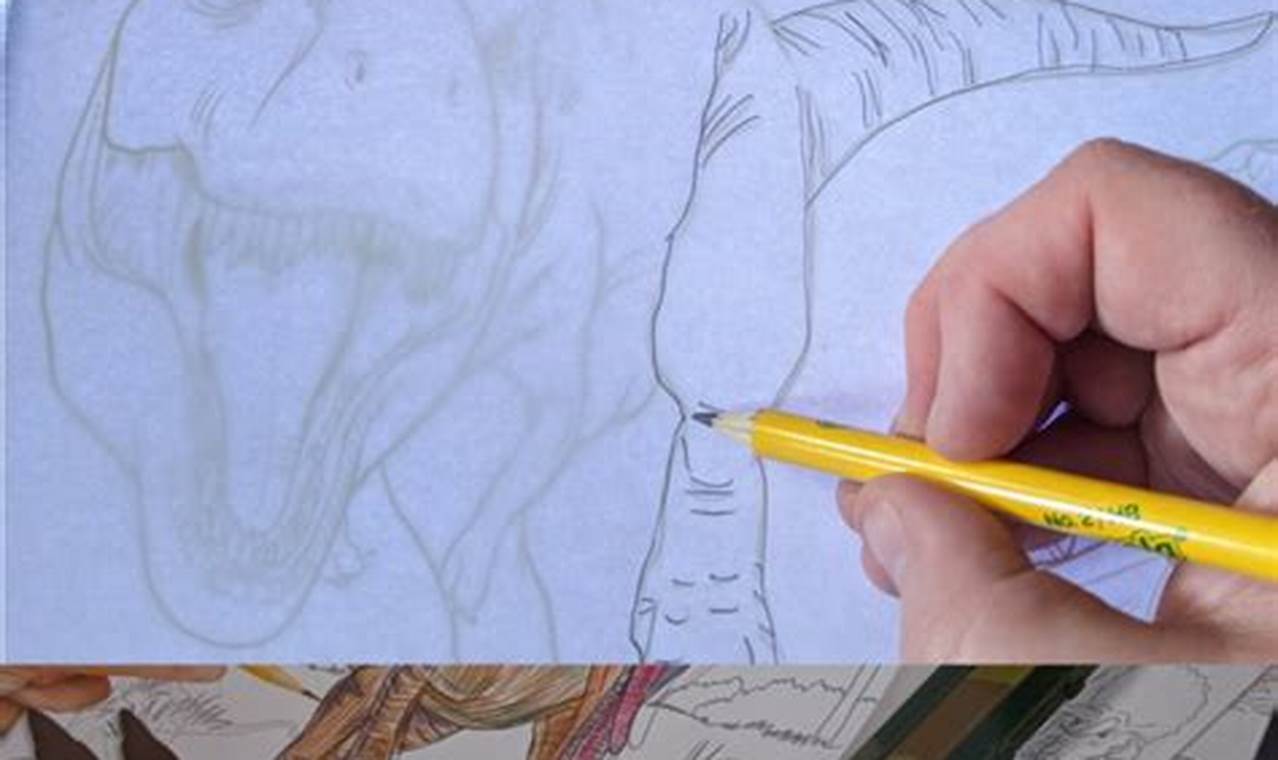Engaging young minds through creative activities fosters essential cognitive and motor skills. The “tracing for imaginative play” worksheet offers a unique pathway to enhance these crucial early learning foundations. By combining structured tracing exercises with imaginative prompts, it encourages children to develop both fine motor control and creative storytelling abilities. This combination prepares children for more complex writing and artistic tasks in the future, making it a valuable tool for early childhood education.
The primary benefit of the “tracing for imaginative play” worksheet lies in its dual approach. It enhances essential fine motor skills, including hand-eye coordination and pencil grip, through the act of tracing. Concurrently, it stimulates imagination and creativity by integrating the tracing activity with prompts that encourage children to invent stories and scenarios related to the traced images or patterns. This holistic approach to learning accelerates the development of crucial cognitive and physical abilities.
This worksheet includes a variety of elements designed to inspire creativity and skill development. It features bold lines to make tracing easier for young learners, alongside whimsical illustrations that serve as visual cues for storytelling. The content comprises a series of dotted lines forming basic shapes, simple objects, or abstract patterns. Next to each traced element, there is ample space for children to draw, color, and expand upon their imaginative ideas, providing a balanced blend of structured learning and open-ended creative exploration.
To maximize the benefits of this worksheet, a structured yet flexible approach is recommended. Begin by ensuring the child has a comfortable grip on a thick pencil or crayon. Guide them to trace the dotted lines carefully, encouraging them to stay within the boundaries. After completing the tracing, prompt them to elaborate on the image or pattern they have created. Ask questions like, “What is this shape?,” “Where does it live?,” or “What adventures does it have?” Break the activity into manageable segments to avoid fatigue, allowing for breaks and free drawing as needed.
To further enhance the learning experience, consider incorporating complementary resources. Other tracing worksheets from Kidtraces.com focus on letter formation or number recognition, providing a natural progression from imaginative play to foundational literacy. Storybooks featuring characters or themes similar to those in the worksheet can also inspire more elaborate storytelling. Simple, daily activities such as drawing in the sand or finger-painting can further develop fine motor skills in a fun and engaging way.
In conclusion, the “tracing for imaginative play” worksheet offers a powerful combination of skill-building and creative expression. By blending structured tracing exercises with open-ended imaginative prompts, it provides a valuable resource for early childhood education. Educators and caregivers are encouraged to download and integrate this worksheet into their curriculum or home learning activities. For more free worksheets and resources that support continuous learning and skill development, explore the extensive collection available on Kidtraces.com.
